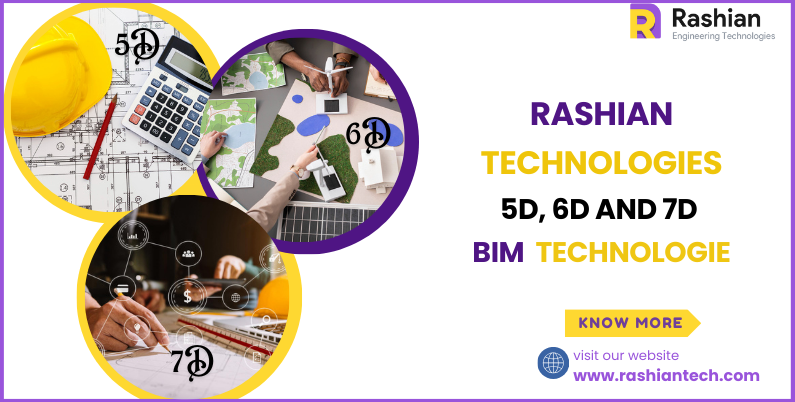
Rashian Technologies 5D, 6D, and 7D BIM Technology
Building Information Modeling (BIM) is a transformative technology reshaping the construction industry. From the traditional 3D modeling to more advanced dimensions like 5D, 6D, and 7D, BIM brings numerous benefits in terms of cost estimation, sustainability, and facility management. For companies like Rashian Technologies, adopting BIM technology can significantly enhance the quality, efficiency, and predictability of construction projects. Let’s explore how Rashian Technologies 5D, 6D, and 7D BIM Technology are shaping the future of the construction world.
What is BIM?
Before diving into the advanced dimensions, it’s important to understand the essence of BIM. BIM is a digital representation of the physical and functional characteristics of a facility. The technology provides insights and tools to plan, design, construct, and manage buildings more efficiently. Traditionally, BIM focused on 3D modeling, representing the building’s geometry. However, as technology evolves, so does BIM, leading to additional dimensions that incorporate more data to improve decision-making.
BIM 5D – The Power of Cost Estimation
BIM 5D introduces cost estimation to the 3D model, allowing for better budget control and forecasting. With BIM 5D, project managers can integrate real-time cost data and quantities into the building model, giving a clear view of how design changes impact the overall budget. The 5D feature assists in:
- Accurate budgeting: Dynamic cost analysis helps stakeholders make informed financial decisions.
- Enhanced cost control: Continuous updates allow for tracking cost fluctuations and maintaining budget alignment.
- Resource optimization: Streamlining the planning and allocation of materials and resources reduces waste.
For Rashian Technologies, adopting BIM 5D ensures precise cost control, resulting in minimized errors and unexpected expenditures for construction projects. BIM 5D adds the cost dimension to the traditional 3D model, allowing for the dynamic integration of cost data with the design model. It provides a visual and interactive representation of the project’s financial aspects, from material costs to labor, enabling precise and real-time budgeting throughout the construction lifecycle.
Key Features of BIM 5D at Rashian Technologies:
Real-Time Cost Estimation: With BIM 5D, Rashian Technologies empowers project managers and stakeholders to generate cost estimates in real time, ensuring an accurate understanding of budgetary needs. Any changes in the design or materials can be reflected instantly in the cost projection, allowing for immediate financial decisions.
Cost Control and Transparency
The integration of cost data with design models enhances the level of transparency in project costing. By visualizing the costs associated with different project components, it becomes easier to identify potential savings, track spending, and avoid budget overruns. This transparency strengthens collaboration between the design team, contractors, and clients.
Scenario Analysis and Forecasting
Rashian Technologies uses BIM 5D for detailed scenario analysis, helping stakeholders evaluate different design options based on their cost implications. This feature aids in selecting the most cost-effective design solutions, allowing for informed decision-making that balances financial considerations with project quality.
Risk Mitigation
Accurate cost estimation early in the design phase helps mitigate risks associated with unforeseen costs. By predicting expenses for every phase of the project, Rashian Technologies can identify potential financial risks and take proactive measures to stay within budget, reducing delays and unanticipated financial setbacks.
Lifecycle Costing
BIM 5D not only helps manage costs during the construction phase but also takes into account the long-term financial impact of design decisions. This includes operational and maintenance costs, allowing for a comprehensive understanding of the project’s financial lifecycle.
BIM 6D – Sustainability and Energy Efficiency
Sustainability has become a core focus in modern construction, and BIM 6D takes this to the next level. This dimension integrates energy analysis and sustainability data into the BIM model, helping designers and contractors improve energy efficiency throughout a building’s lifecycle. Benefits of BIM 6D include:
- Environmental impact assessment: Analyze energy consumption and identify ways to reduce carbon footprint.
- Energy optimization: Ensure that the building design meets energy efficiency standards and requirements.
- Lifecycle performance: Monitor the energy performance of the building from construction to operation.
With BIM 6D, Rashian Technologies can deliver projects that not only meet regulatory energy standards but also contribute to long-term sustainability goals. Rashian Technologies leverages BIM 6D technology to integrate sustainability and energy efficiency into the construction process. By incorporating energy analysis and environmental impact data into the 3D model, BIM 6D helps optimize the entire lifecycle of the building.
Key features of BIM 6D as implemented by Rashian Technologies:
1. Energy Performance Analysis
BIM 6D allows Rashian Technologies to evaluate the energy performance of a building early in the design phase. Through energy simulation tools, they can forecast energy consumption, compare different design options, and choose materials and systems that ensure the building meets sustainability and energy-efficiency targets. This reduces energy costs and environmental impact in the long run.
2. Sustainable Building Materials
BIM 6D helps integrate data about environmentally friendly materials, allowing Rashian Technologies to select materials that have a lower carbon footprint, better insulation properties, or longer lifespans. By choosing sustainable materials, they enhance the building’s environmental performance, reducing the overall environmental impact.
3. Lifecycle Cost and Energy Usage Forecasting
One of the powerful features of BIM 6D is its ability to predict the lifecycle costs of energy use, maintenance, and operational efficiency. Rashian Technologies uses this to model the building’s energy use and calculate long-term savings, providing clients with a comprehensive view of the building’s environmental and financial impact over time.
4. Carbon Footprint Analysis
BIM 6D enables Rashian Technologies to evaluate the carbon footprint of a building project. By analyzing factors like material sourcing, construction methods, and energy consumption, the firm can help reduce the building’s carbon footprint. This is essential for clients aiming to meet green building certifications such as LEED (Leadership in Energy and Environmental Design).
5. Regulatory Compliance
Ensuring that building projects meet sustainability and energy-efficiency standards is crucial. BIM 6D allows Rashian Technologies to integrate regulatory compliance data into the model, ensuring that all designs adhere to energy codes and environmental regulations. This not only simplifies the approval process but also reduces risks related to non-compliance.
6. Energy Efficiency Optimization
Rashian Technologies uses BIM 6D to design buildings that are optimized for energy efficiency, including features such as solar orientation, natural lighting, and ventilation. These optimizations reduce dependency on artificial energy sources, cutting down on electricity use and lowering long-term energy costs.
7. Post-Construction Energy Monitoring
After construction, BIM 6D allows Rashian Technologies to continue monitoring the energy performance of the building. The 6D model serves as a digital twin of the real building, enabling continuous data tracking and helping facility managers make informed decisions about energy use and maintenance strategies.
8. Enhanced Collaboration with Sustainability Experts
With BIM 6D, Rashian Technologies can facilitate improved collaboration between architects, sustainability consultants, and engineers. The model centralizes data, making it easier for all stakeholders to review and provide input on energy-saving measures and sustainable design choices.
BIM 7D – Facilities Management
BIM 7D, also known as the facility management dimension, enhances the long-term management and operation of buildings. It focuses on integrating data related to the building’s maintenance, operations, and lifecycle management. Key aspects of BIM 7D include:
- Improved asset management: Detailed information about the building’s components helps in effective maintenance scheduling.
- Efficient facility operations: Real-time data for monitoring and managing the building’s infrastructure and services.
- Reduced operational costs: Long-term savings through optimized maintenance and energy management strategies.
For clients working with Rashian Technologies, BIM 7D ensures that the facility’s operation is efficient, reducing maintenance costs and prolonging the building’s lifespan. BIM 7D technology is a powerful tool used by Rashian Technologies to enhance the management and operation of facilities post-construction. By integrating detailed facilities management data with the 3D model, BIM 7D provides comprehensive insights into the building’s lifecycle, ensuring smooth operation and effective maintenance strategies.
Key features of BIM 7D offered by Rashian Technologies:
1. Comprehensive Facility Management Data:
BIM 7D incorporates essential information related to building components such as mechanical, electrical, plumbing, and structural systems. This allows facilities managers to access detailed information about equipment and materials, enabling efficient decision-making for repairs, replacements, and upgrades.
2. Enhanced Asset Management:
At Rashian Technologies, BIM 7D provides precise data for managing assets within the facility. It tracks the lifecycle of critical building components, including their maintenance schedules, warranties, and condition. This allows for proactive maintenance and reduces the risk of equipment failures, ultimately increasing the lifespan of the facility’s infrastructure.
3. Maintenance Scheduling and Tracking:
BIM 7D allows facility managers to schedule and track maintenance tasks effectively. By integrating real-time data from the building’s systems, managers can predict when maintenance is needed and automate service schedules, ensuring that the facility runs smoothly without unexpected breakdowns or costly repairs.
4. Operational Efficiency:
With the detailed data embedded in the BIM model, facility operators can monitor energy consumption, water usage, and other operational metrics. This level of insight ensures that the building operates at maximum efficiency, minimizing waste and reducing operational costs. Rashian Technologies uses BIM 7D to help clients identify areas for improvement and optimize building performance.
5. Improved Safety and Risk Management:
BIM 7D enhances safety management by providing a visual and data-driven representation of critical safety features, such as fire protection systems, emergency exits, and security systems. This ensures that safety protocols are well-maintained, regularly updated, and aligned with regulatory requirements. In addition, the model allows for easy identification and mitigation of risks within the building.
6. Energy Efficiency and Sustainability:
At Rashian Technologies, BIM 7D integrates sustainability data into the building model, helping facility managers optimize energy consumption and reduce the environmental footprint of the building. With this technology, energy performance can be monitored in real time, leading to long-term savings on utilities and promoting eco-friendly practices.
7. Data-Driven Decision-Making:
BIM 7D provides a centralized repository of building information that can be accessed and updated throughout the facility’s lifecycle. This feature allows for data-driven decision-making, as managers can quickly refer to historical data, maintenance logs, and operational metrics to make informed choices about facility upgrades, repairs, or redesigns.
8. Lifecycle Management:
BIM 7D provides a comprehensive view of the entire lifecycle of a facility, from initial design and construction to operation, maintenance, and eventual decommissioning. This holistic perspective helps clients of Rashian Technologies maximize the value of their investment by ensuring that the facility remains functional, efficient, and cost-effective throughout its lifespan.
Conclusion
Rashian Technologies 5D, 6D, and 7D BIM Technology are more than just technological advances; they represent a paradigm shift in the way construction projects are managed and delivered. By embracing these dimensions, companies like Rashian Technologies can offer enhanced cost management, energy efficiency, and facility maintenance services. As the construction industry continues to evolve, integrating these advanced Rashian Technologies 5D, 6D and 7D BIM Technology will be essential for staying ahead in a competitive market. Rashian Technologies is at the forefront of the construction industry, utilizing advanced 5D, 6D, and 7D BIM technology to offer comprehensive, innovative solutions. With BIM 5D, clients benefit from real-time cost estimation, budget control, and scenario analysis, ensuring projects stay on track financially. The integration of BIM 6D brings sustainability and energy efficiency to the core, optimizing building performance for lower energy consumption and environmental impact. Lastly, BIM 7D enhances facility management, ensuring that buildings operate efficiently throughout their lifecycle, reducing operational costs and improving long-term asset management.
By adopting these advanced dimensions of BIM, Rashian Technologies delivers superior project outcomes, combining cost-effectiveness, environmental responsibility, and long-term operational success. The result is not just a completed building, but a well-managed, sustainable asset that performs optimally throughout its lifespan. For clients seeking innovative, cutting-edge solutions, Rashian Technologies is leading the way in transforming construction processes and outcomes.


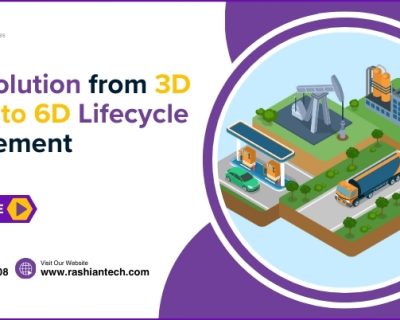
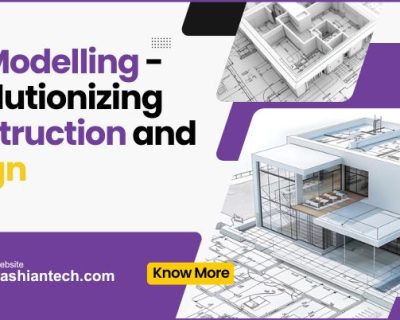
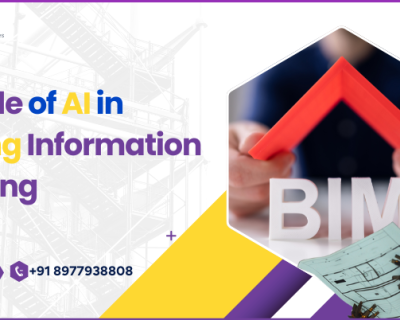
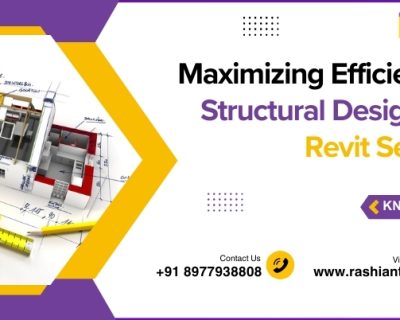
13 comments on “Rashian Technologies 5D, 6D, and 7D BIM Technology”
Comments are closed